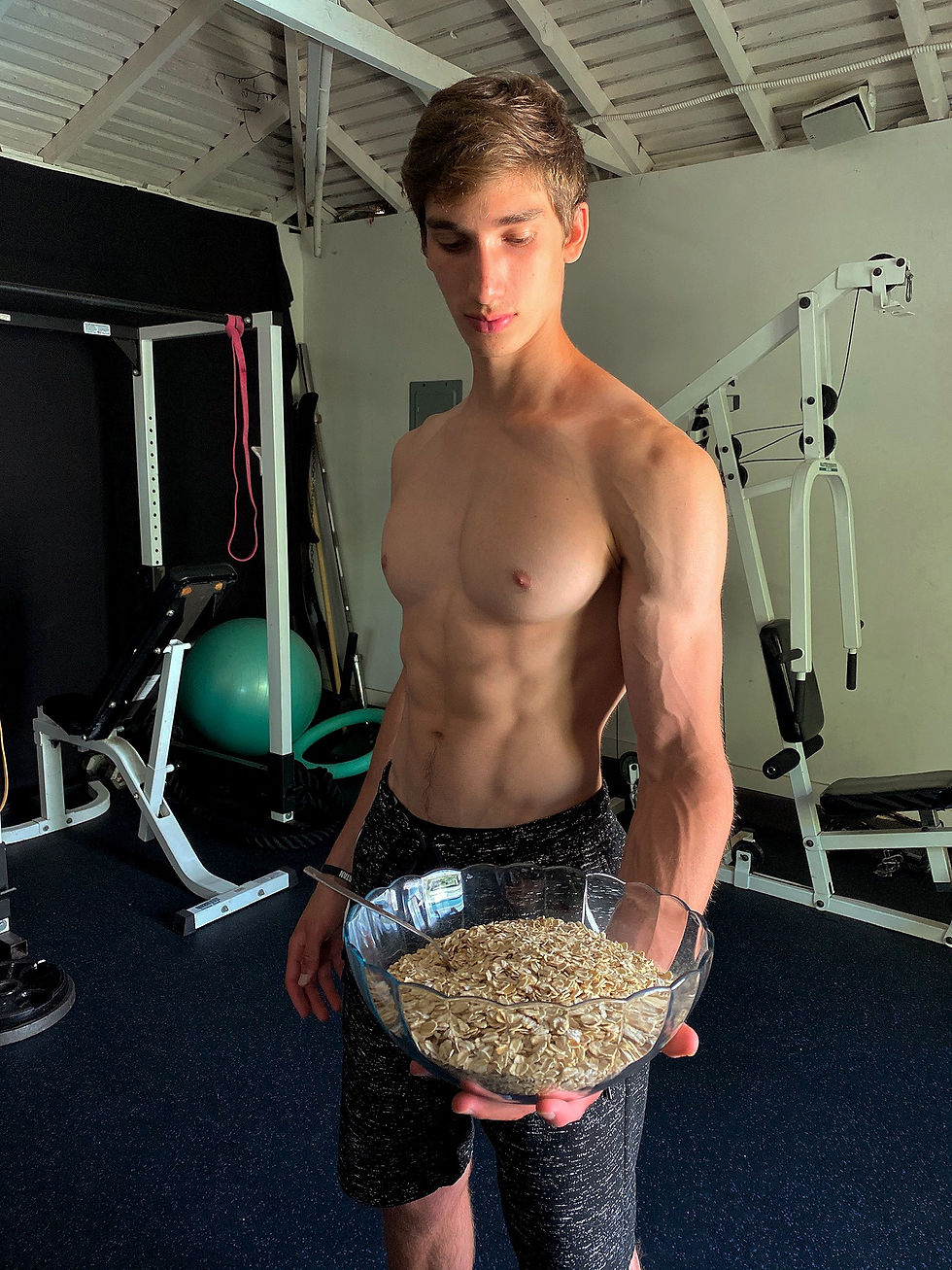What is a Pulled Muscle?
- Jason

- Jul 25, 2020
- 2 min read
What Are Pulled Muscles?
A pulled muscle or a muscle strain happens when a muscle has been overstretched or torn. Muscle strains can occur in any muscle but are most common in the lower back, neck, shoulders, hamstrings and calf muscles. According to Harvard Health, most muscle strains occur when a muscle has either been stretched past its limit or has been forced to contract too much. In some cases the muscle may be torn and unable to function properly. Since some muscle strains are worse than others they are categorized into 3 "grades".
Grade 1: In this type of strain only a few muscle fibers are stretched or torn. This may be painful but the muscle has its normal strength.
Grade 2: In a grade 2 muscle strain more fibers are injured which causes more pain, swelling and a noticeable loss in strength.
Grade 3: This is the most severe type of strain. It occurs when the strain is so bad that it tears the muscle all the way through, occasionally causing a pop or crack as the muscle rips into separate pieces or tears off of the tendon. These can cause loss of muscle function, pain and swelling.

Symptoms
Symptoms of muscle strains include:
muscle pain and tenderness
soreness
swelling
bruising or discoloration
stiffness
weakness
muscle cramps
decreased range of motion
Mild cases of muscle strains should take up to a few weeks to go away. More severe cases can take months to heal.
Causes
Common causes of muscle strains include:
Improper warm-ups
poor flexibility
overexertion or fatigue
They can happen when you:
jump
run
sleep in a strange position
throw something
lift something
they can even occur while walking
According to Healthline, muscle strains are also more common in cold weather because muscles are stiffer in lower temperatures.
Muscle strains can also be caused by repetitive movements like:
sports involving repetitive movements
weightlifting
sitting
poor posture
Treatment
Muscle strains can usually be treated at home with:
Rest
Try not to use the muscle for at least a few days especially if it hurts or certain movements hurt it.
Ice
Cold therapy causes the blood vessels to constrict, which results in reduced swelling, reduced inflammation and reduced pain. Ice the muscle as soon as possible after injury. In order to maximize the benefits, ice for about 20 minutes every hour on the first day. Be sure not to apply icy cold compress directly to your skin as it can cause a burn.
Compression
Wrap the injured area with an elastic bandage to help bring swelling down. Make sure the wrap is not too tight cutting off circulation.
Elevation Whenever possible, keep the injured muscle elevated above the level of your heart to reduce swelling.
Heat
Heat will help increase blood flow and promote healing if used after swelling has gone down (usually at least 72 hours after injury). Applying heat right after injury (within the first 72 hours) can cause pain and swelling to increase.
Prevention
Here are certain ways to decrease your chances of getting muscle strains:
warm-up properly, including active stretching, before activity
focus on good posture when standing and sitting
use correct form or technique when lifting heavy loads
try not to be in one position for long periods of time



Comments